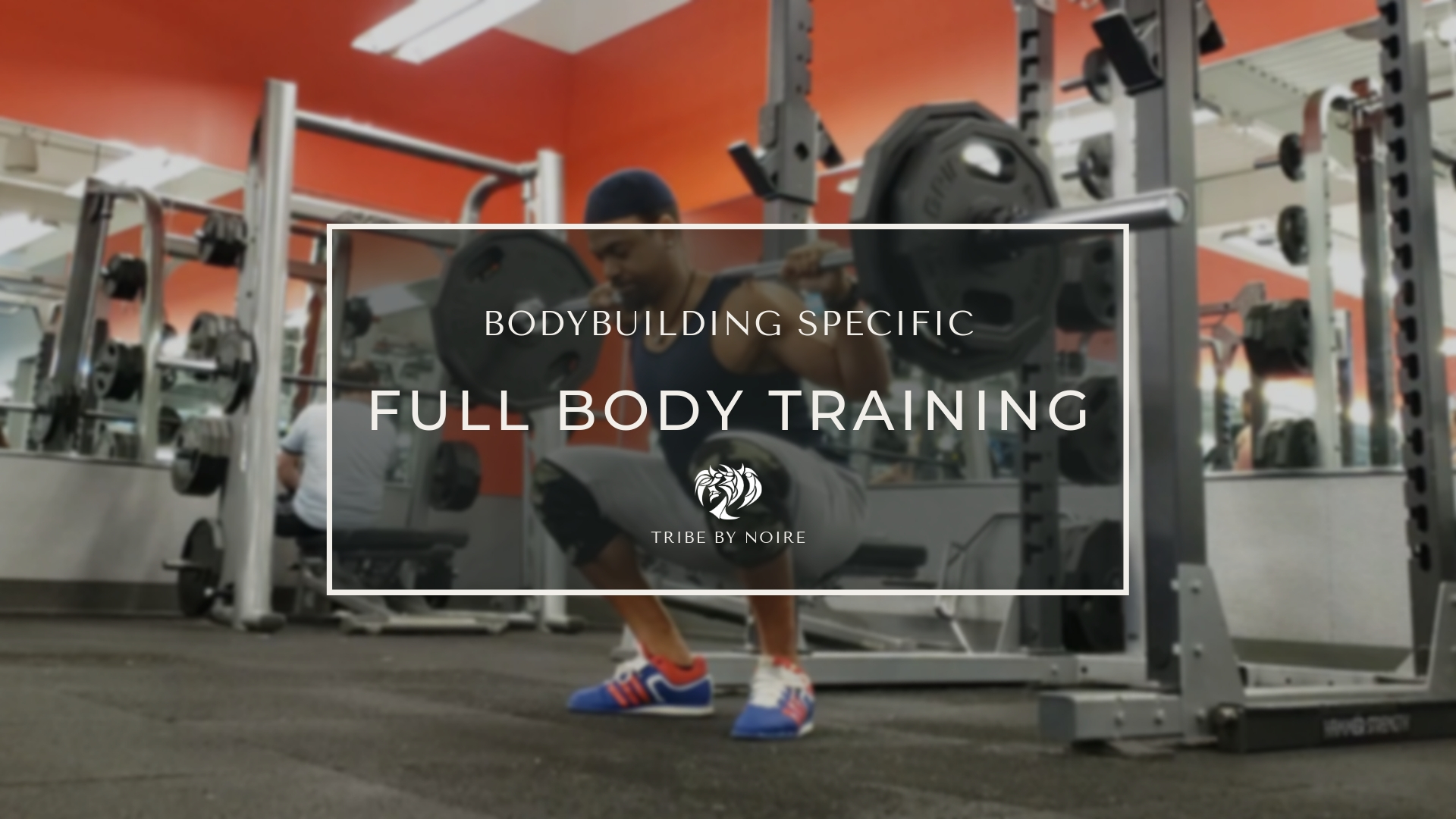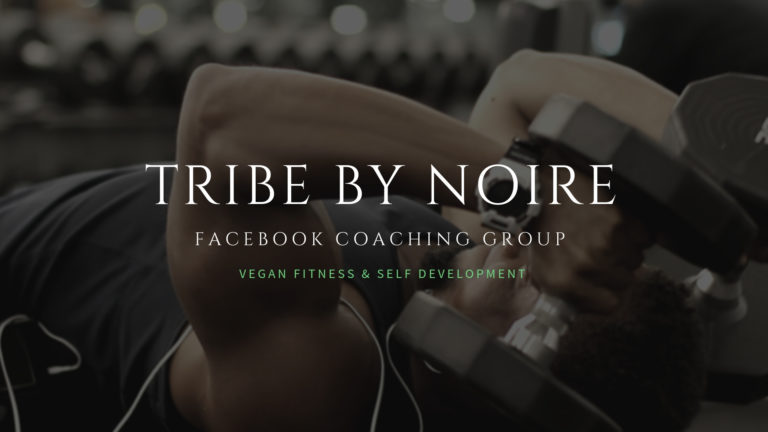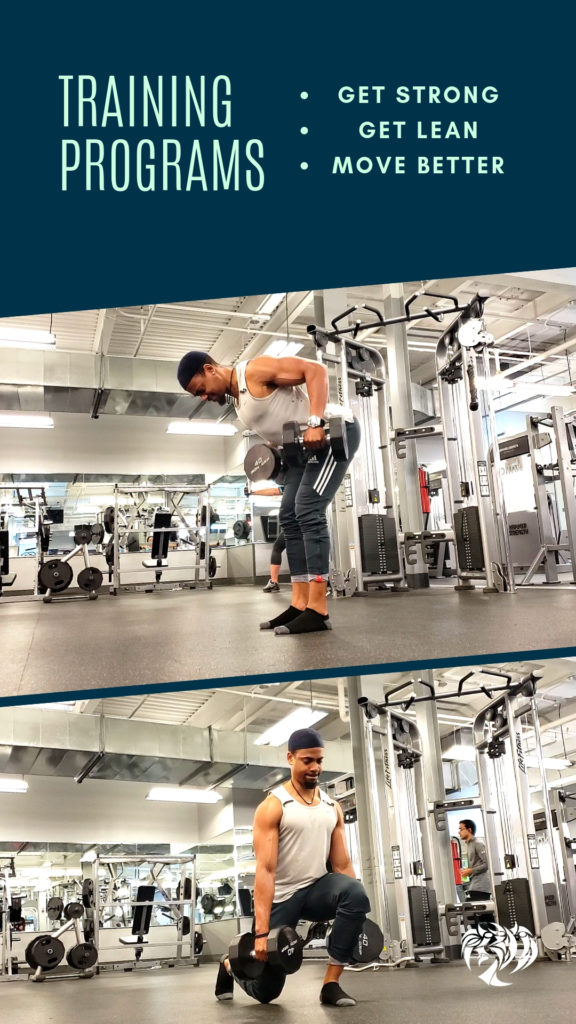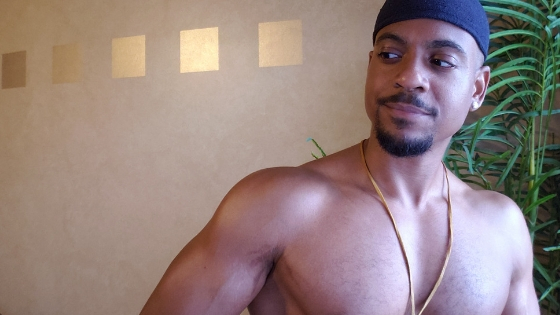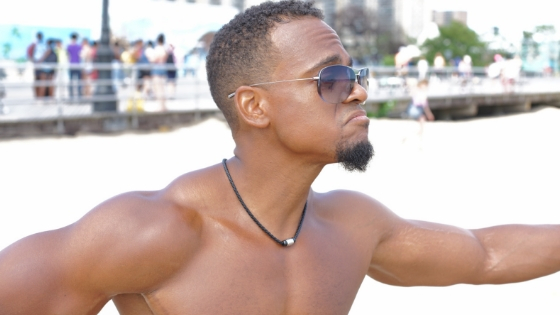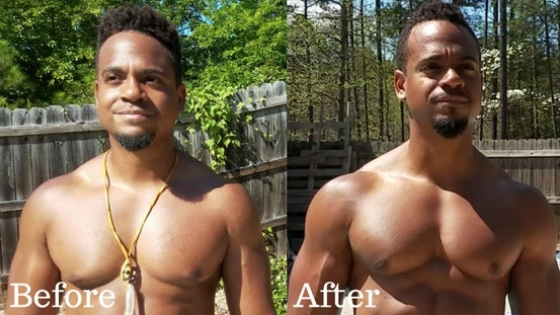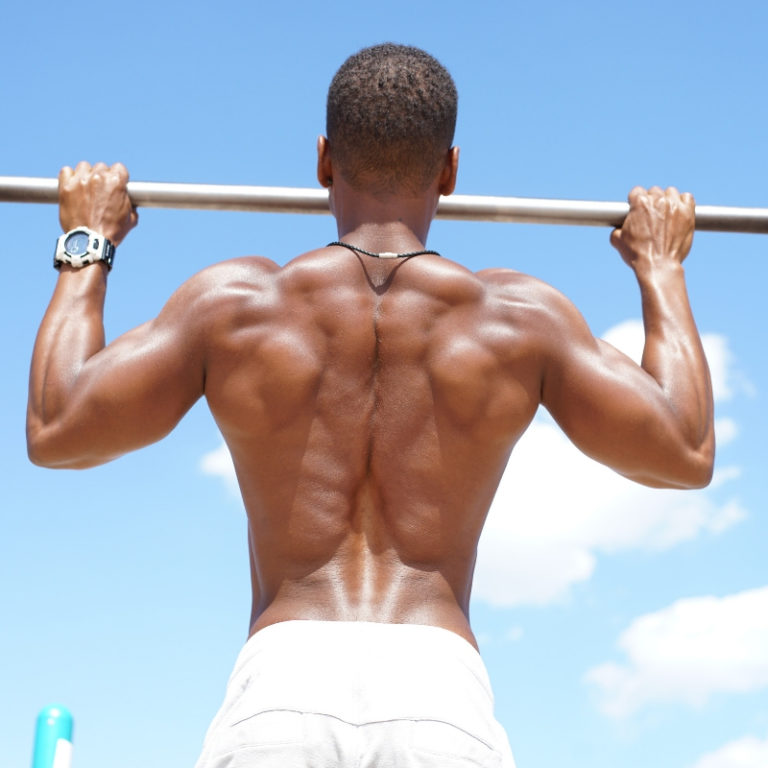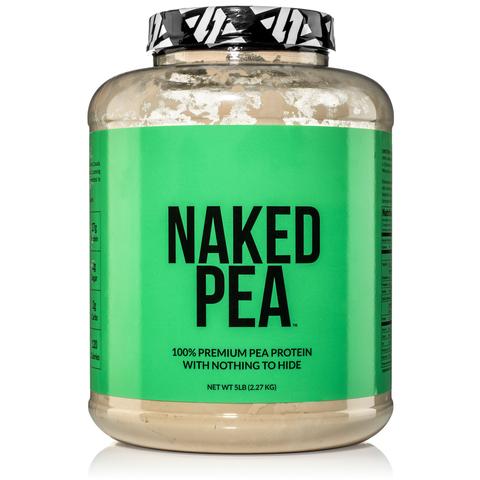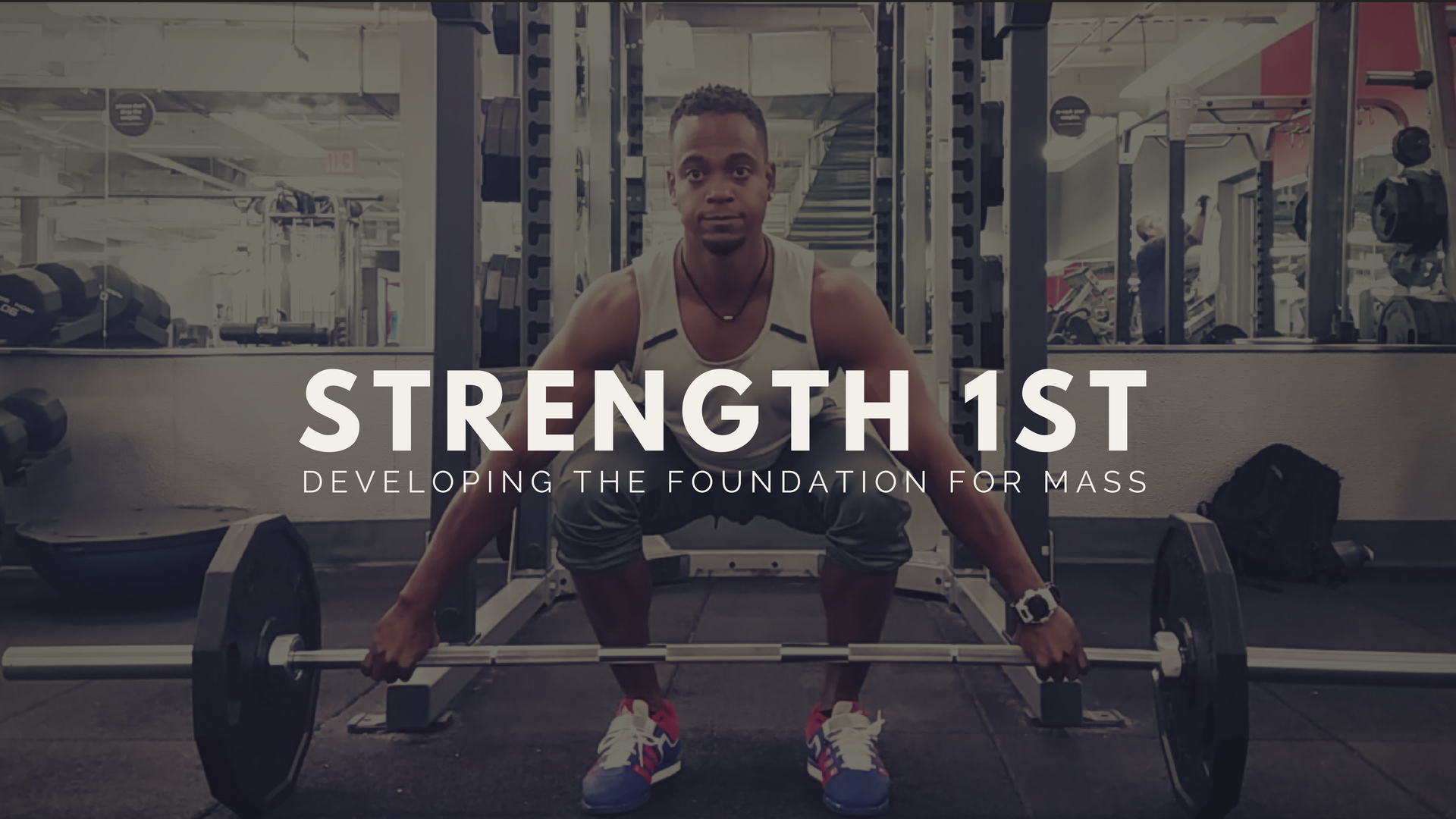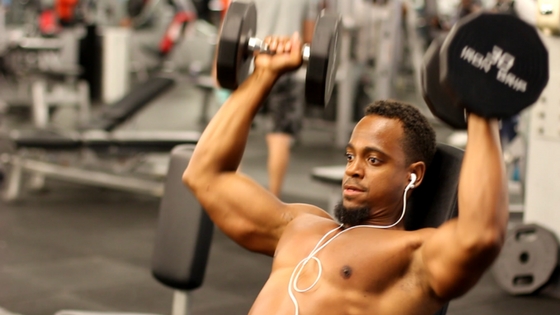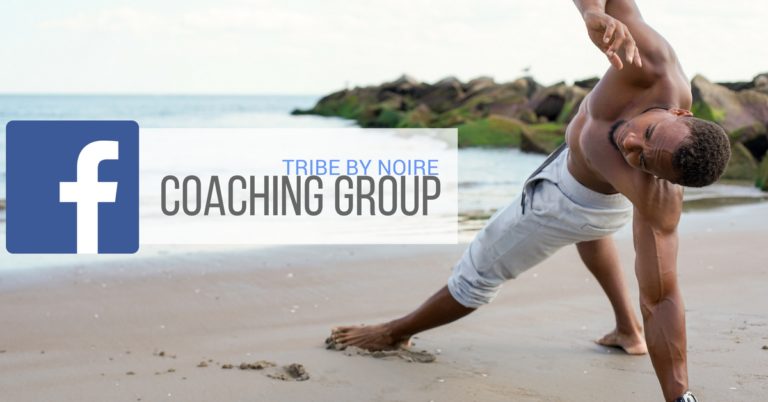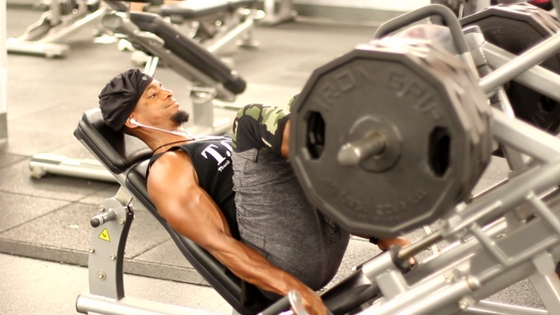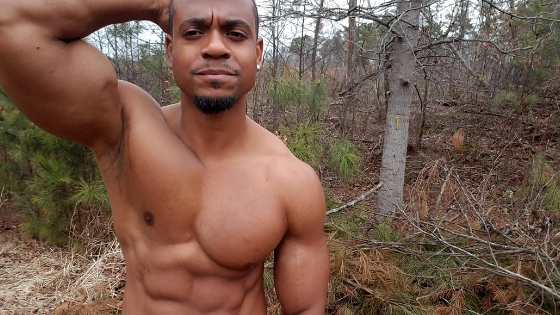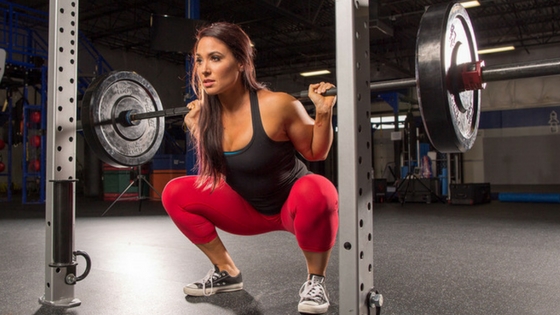Typically when we think of bodybuilding specific training we think of a workout routine where you train each muscle group once a week, maybe twice. As the science of training advances we learn new ways of training. One method that is rising above the rest is full body training. The key advantage to full body training is that it allows you to train all muscle groups more frequently throughout the week, which leads to more growth. The thing we gotta talk about is, how do we apply this to bodybuilding?
The Bodybuilding Body Part Split Method
A typical body part split routine is 5 days per week, targeting each muscle group once or twice per week. This method of training relies on a high enough amount of total volume within the range 10-20 sets per week on each muscle group. The total amount of set volume can even be as high as 30 sets weekly for very advanced competitive bodybuilders.
Men's Routine
Chest & Biceps
- Barbell Incline Press
- Barbell Bench Press
- Dumbbell Incline Press
- Dumbbell Chest Press
- Cable Chest Fly
- EZ Barb Bicep Curl
- Dumbbell SPider Curl
- Weighted Sit Ups
Back & Triceps
- Barbell Hang Row
- Dumbbell S. Arm Row
- Cable Lat Pull Down
- Cable Close Grip Pull Down
- Dumbbell Pull Over
- Dumbbell Tricep Extension
- Cable Tricep Push Down
- Hanging Leg Raises
Legs
- Barbell Hip Bridge
- Barbell Back Squat
- Barbell Romanian Deadlift
- Plate Loaded Leg Press
- Dumbbell Reverse Lunge
- Seated Leg Curl
- Prone S. Leg Curl
- Cable Wood Chop
Shoulders
- Barbell Overhead Press
- Dumbbell Arnold Press
- Dumbbell Front Raise
- Dumbbell Upright Row
- Dumbbell Lateral Raise
- Dumbbell Reverse Fly
- Cable Face Pull
- Supine Leg Raise Arc
Arms
- Barbell Close Grip Bench Press
- Barbell Supine Tricep Extension
- Cable Tricep Push Down
- Body Weight Dip
- Barbell Bicep Curl
- Dumbbell Alternating Curl
- Dumbbell Hammer Curl
- Dumbbell Reverse Curl
Women's Routine
Glutes & Hamstrings
- Resistance Band Crab Walk
- S. Leg Hip Bridge
- Barbell Hip Bridge
- Barbell Sumo Deadlift
- Dumbbell Stiff Leg Deadlift
- Seated Leg Curl
- Prone S. Leg Curl
- Cable Wood Chop
Chest & Shoulders
- Barbell Bench Press
- Dumbbell Chest Press
- Dumbbell Incline Press
- Dumbbell Arnold Press
- Dumbbell Lateral Raise
- Dumbbell Reverse Fly
- Cable Face Pull
- Supine Leg Raise Arc
Back & Biceps
- Barbell Hang Row
- Dumbbell S. Arm Row
- Cable Lat Pull Down
- Cable Close Grip Pull Down
- Dumbbell Pull Over
- Dumbbell Bicep Curl
- Dumbbell Hammer Curl
- Prone External Knee Tuck
Legs
- Barbell Hip Bridge
- Barbell Back Squat
- Barbell Romanian Deadlift
- Plate Loaded Leg Press
- Dumbbell Lateral Lunge
- Walking Lunge
- Prone S. Leg Curl
- Cable Wood Chop
Shoulders
- Barbell Overhead Press
- Dumbbell Arnold Press
- Dumbbell Front Raise
- Dumbbell Upright Row
- Dumbbell Lateral Raise
- Dumbbell Reverse Fly
- Cable Face Pull
- Supine Leg Raise Arc
The Bodybuilding Body Full Body Method
With the full body method you can reach the same amount of training volume while achieving 2-4 times the frequency toward each muscle group. Simply take a few of the most effective exercises per muscle group and 1 in for each training day. Here’s an example of what that would look like.
Men's Routine
Day 1
- Prone S. Leg Curl
- Barbell Back Squat
- Barbell Incline Press
- Chest Supported Row
- Dumbbell Lateral Raise
- Cable Tricep Push Down
- Dumbbell Reverse Fly
- Cable Wood Chop
Day 2
- Dumbbell Bulgarian Split Squat
- Barbell Stiff Leg Deadlift
- Barbell Bench Press
- Dumbbell Arnold Press
- Cable Lean Back Lat Pull Down
- Dumbbell Spider Curl
- Cable Seated Face Pull
- Hanging Leg Raise
Day 3
- Plate Loaded Leg Press
- Seated Leg Curl
- Dumbbell Incline Press
- Dumbbell S. Arm Row
- Cable S. Arm Lateral Raise
- Body Weight Dip
- Cable S. Arm Reverse Fly
- Cable Wood Chop
Day 4
- Barbell Romanian Deadlift
- Dumbbell Walking Lunge
- Dumbbell Chest Press
- Dumbbell Half Kneeling Press
- Cable Close Grip Lat Pull Down
- Dumbbell Hammer Curl
- Cable Seated Rope Row
- Prone External Knee Tuck
Day 5
- Prone S. Leg Curl
- Barbell Back Squat
- Barbell Incline Press
- Barbell Rack Row
- Dumbbell Upright Row
- Dumbbell Supine Tricep Extension
- Cable S. Arm Reverse Fly
- Cable Wood Chop
Women's Routine
Day 1
- Barbell Back Squat
- Barbell Hip Bridge
- Prone S. Leg Curl
- Barbell Bench Press
- Dumbbell Arnold Press
- Dumbbell Row
- Dumbbell Bicep Curl
- Cable Face Pull
- Cable Wood Chop
Day 2
- Barbell Romanian Deadlift
- Dumbbell S. Leg Hip Bridge
- Dumbbell Lateral Lunge
- Dumbbell Incline Press
- Dumbbell Lateral Raise
- Cable Close Grip Lat Pull Down
- Cable Tricep Push Down
- Dumbbell Reverse Fly
- Prone External Knee Tuck
Day 3
- Barbell Hip Bridge
- Seated Leg Curl
- Dumbbell Bulgarian Split Squat
- Dumbbell Chest Press
- Dumbbell Upright Row
- Cable Seated Row
- Dumbbell Hammer Curl
- Cable S. Arm Reverse Fly
- Supine Cycling Twist
Day 4
- Seated Hip Abduction
- Barbell Sumo Deadlift
- Dumbbell Walking Lunge
- Dumbbell Closed Chest Press
- Cable S. Arm Lateral Raise
- Cable Lat Pull Down
- Cable Overhead Tricep Extension
- Cable Seated Rope Row
- Crescent Plank
Day 5
- Barbell Sumo Squat
- Barbell Hip Bridge
- Prone S. Leg Curl
- Barbell Bench Press
- Dumbbell Half Kneeling Press
- Dumbbell Dead Stop Row
- Dumbbell Bicep Curl
- Cable Face Pull
- Cable Wood Chop
Keep in mind balancing intensity levels to avoid burnout from over training. A good way of doing this is undulating intensity levels and staying within an effort level range of 65-85%.
Additional benefits to this method of training is that it works very well with people on unstable schedules, because missing a training day will not derail your progress. Tribe By Noire members get all my full body training programs. Whether male or female, beginner, or advanced, there’s a training program that fits your criteria.
Tribe By Noire
I’ve created this platform to help you become the most powerful version of yourself through fitness, plant based nutrition, and mindset coaching.
copyright © 2020 Tribe By Noire. All Rights Reserved
